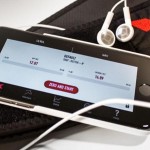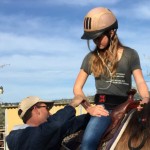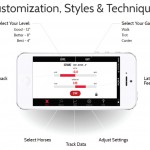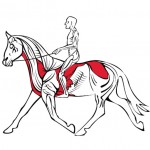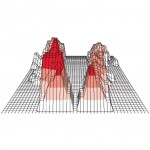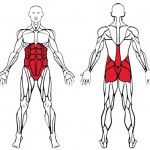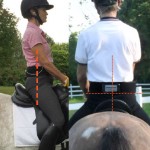CoreX Review - HubVibes
Have you ever had someone take a photo or video of you riding and you have recoiled in horror at your duckbum, rounded shoulders or slouched posture? Do you wish you could work on these issues in-between your riding lessons? Well look no further as EquiCanine has come up with…


